"It was outrageously powerful," reported one ibogaine user interview in the article. "It was like the inside of my eyeballs was an IMAX screen. It was all-encompassing, just a multitude of images, like 80,000 different TVs, all with a different channel on–just jillions of images, shapes, and colors."
When the trip is over, many addicts report that they do not feel the urge to return to their drug of choice. Originally used in root form during ceremonies by practitioners of the Bwiti religion in Gabon, West Africa, ibogaine is served up at high-end rehab centers, like Pangea Biomedics in Tijuana, where its blended into SuperFood milkshakes.
Despite its potential benefits, it's illegal in the United States, and not without good reason. Many have died while taking the drug, including three (albeit unhealthy and drug using) patients at the Pangea center. Research was halted by the FDA when brain damage was discovered in certain rats that were fed the drug.
However, there's a burgeoning movement, both domestic and international, to make the drug more widely available and better understood. In New Zealand doctors have permission to subscribe it to patients. And a debate is swirling over whether the drug's hallucinations are an unfortunate side effect or an integral, albeit spiritual, part of the treatment. Doctors have extracted compounds from the drug that they hope can help fight withdrawal symptoms without causing hallucinations, but they're still waiting to test the derivative on humans.
Photo (cc) by Flickr user Giuseppe Bognanni





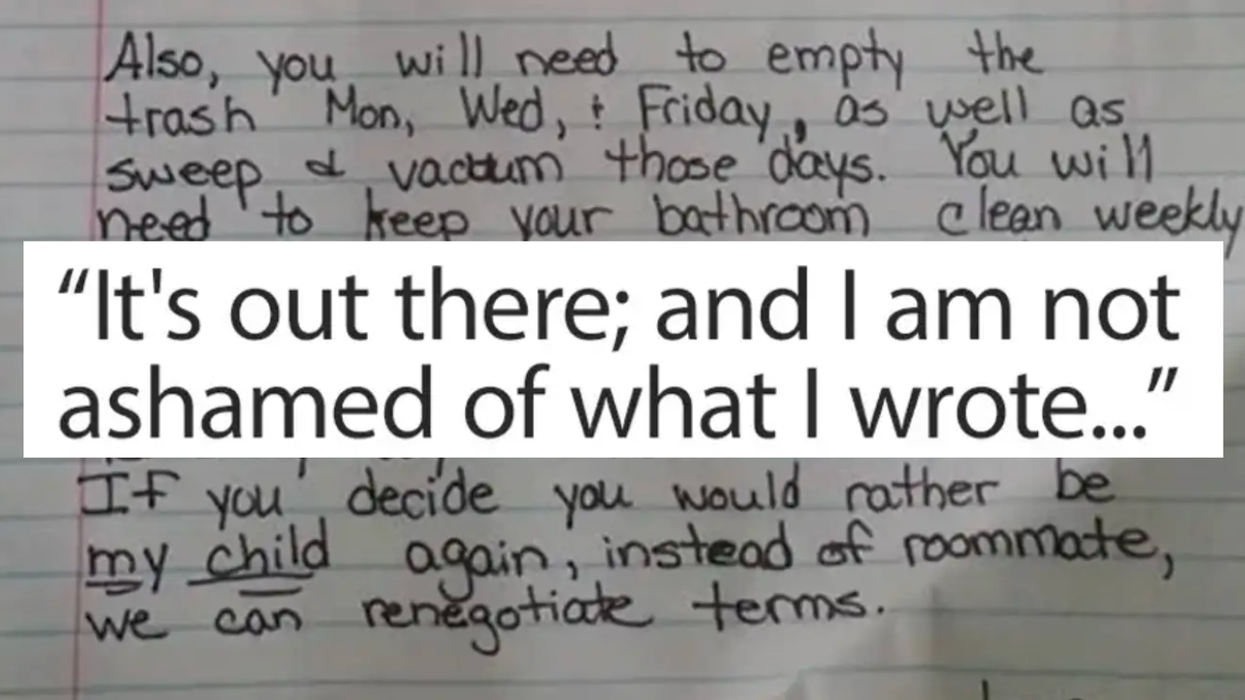
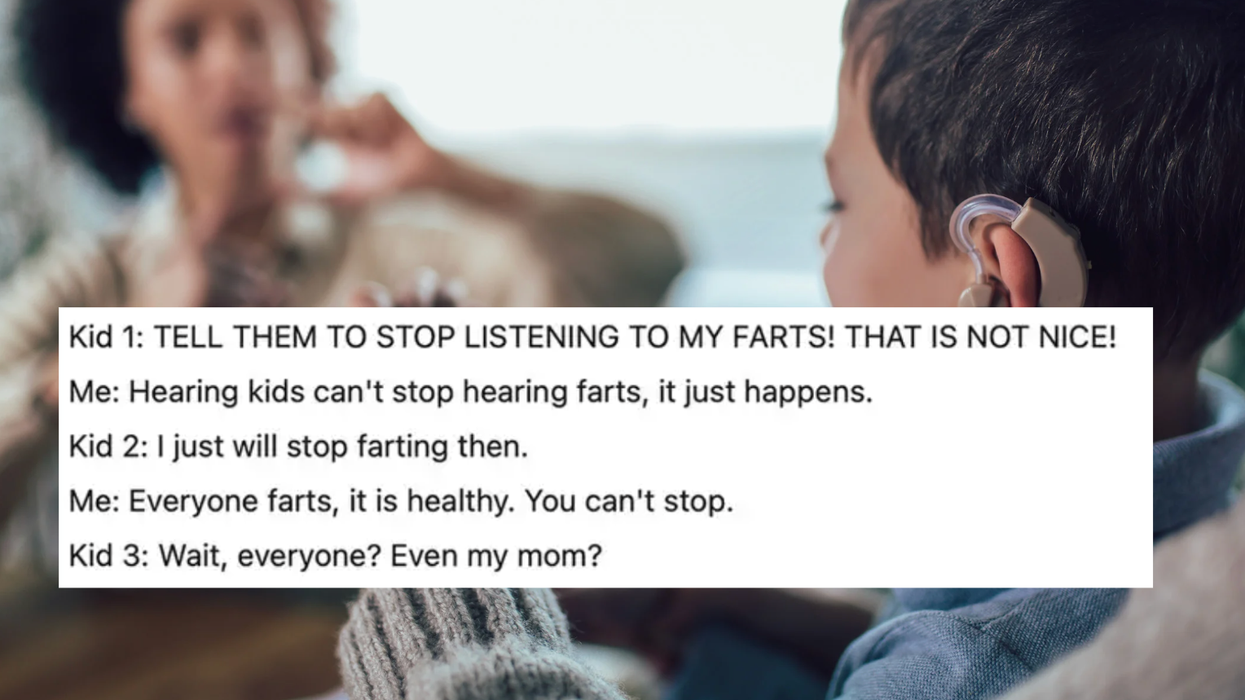


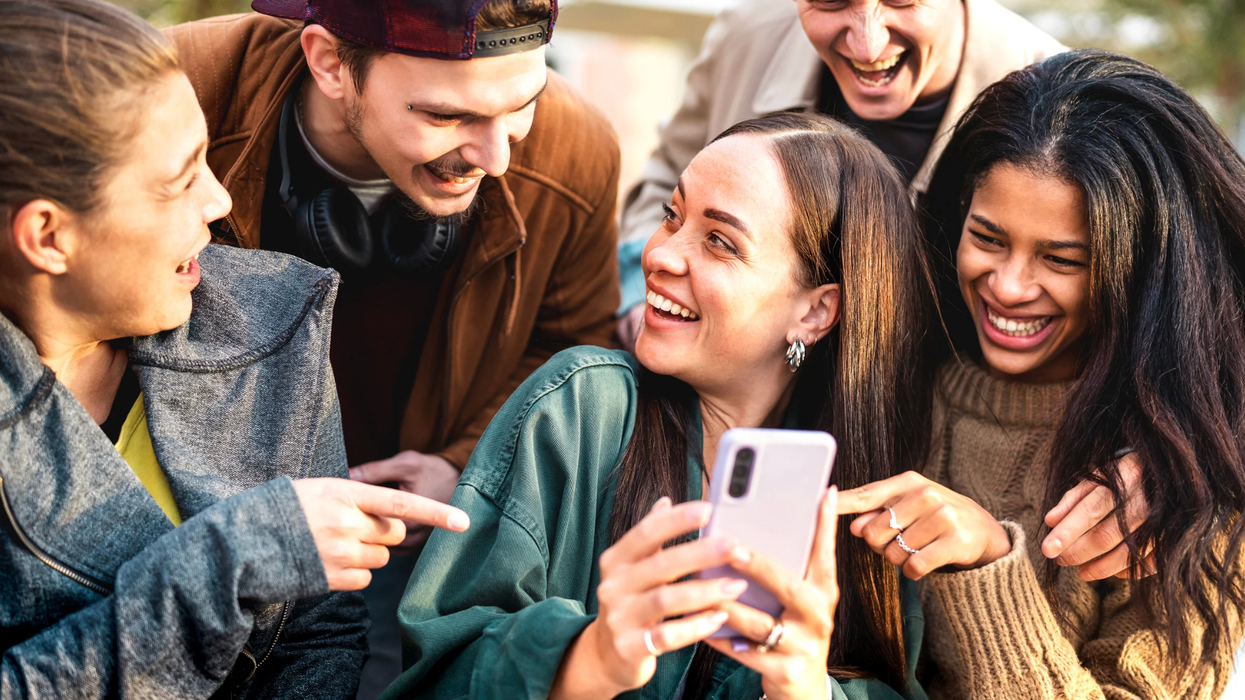
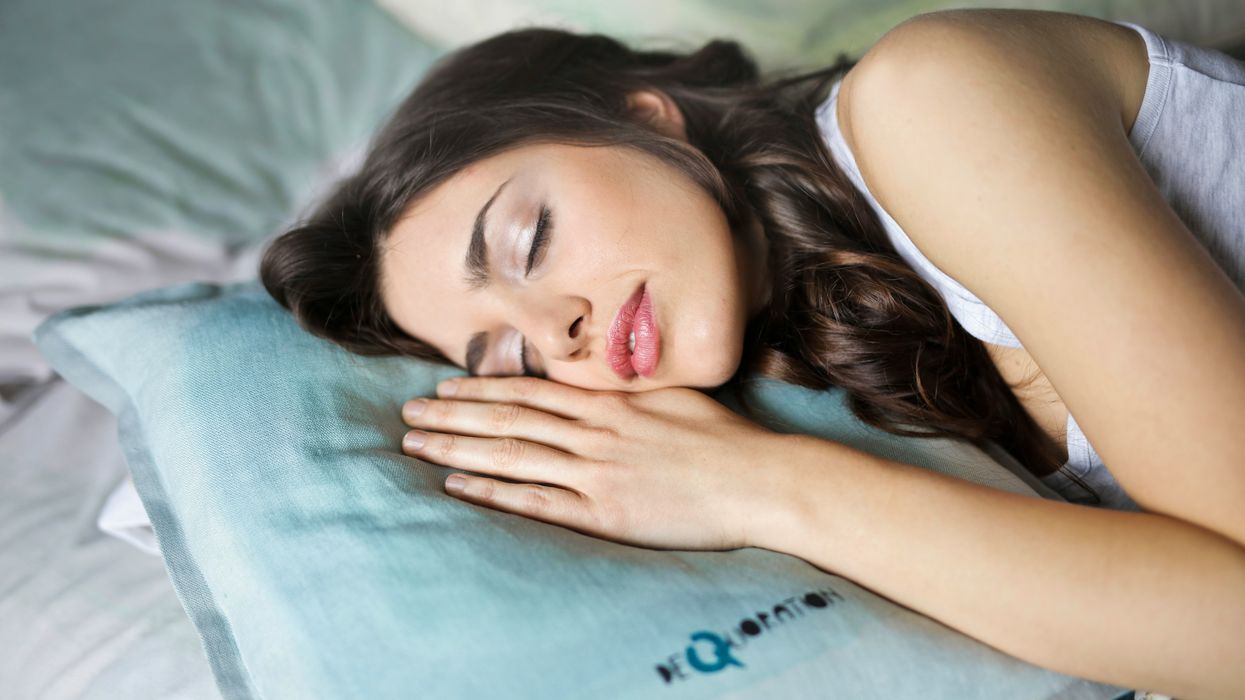
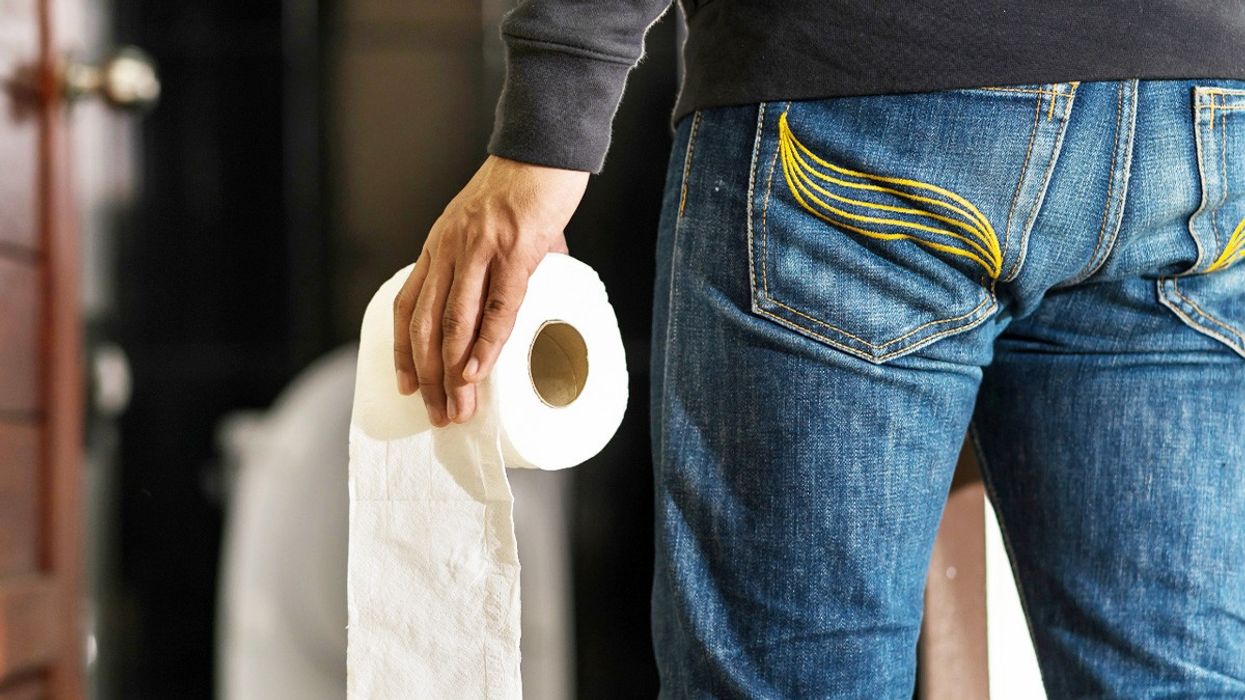
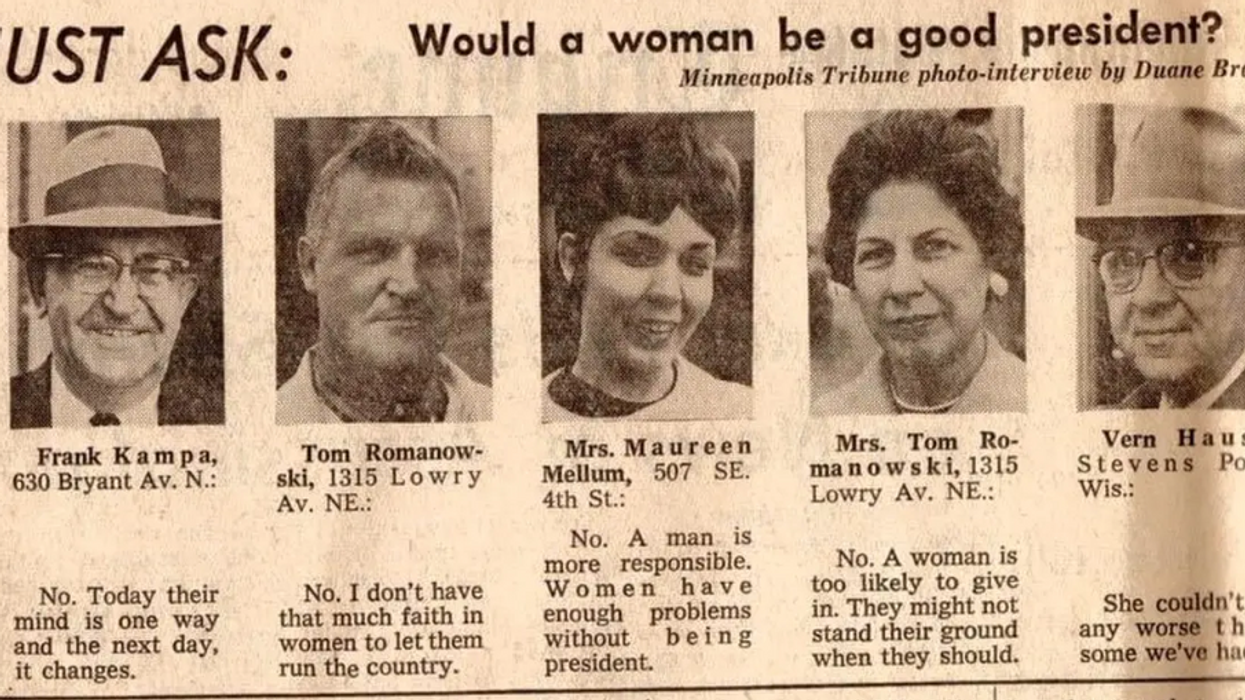
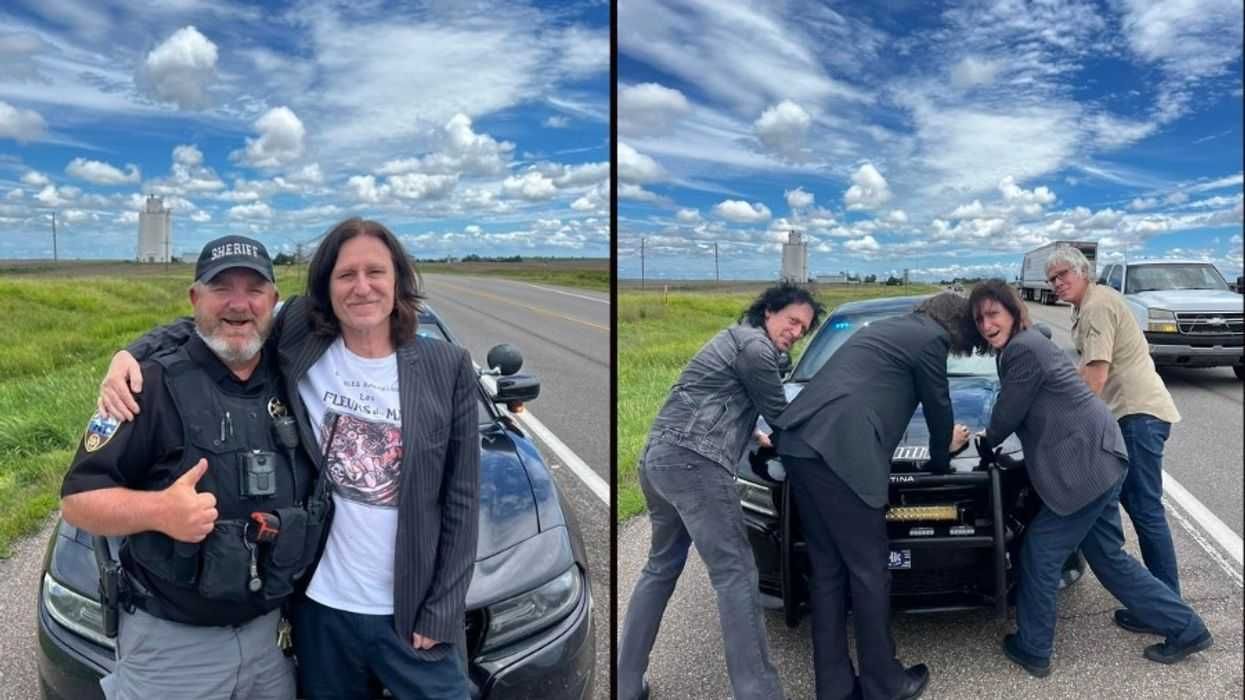
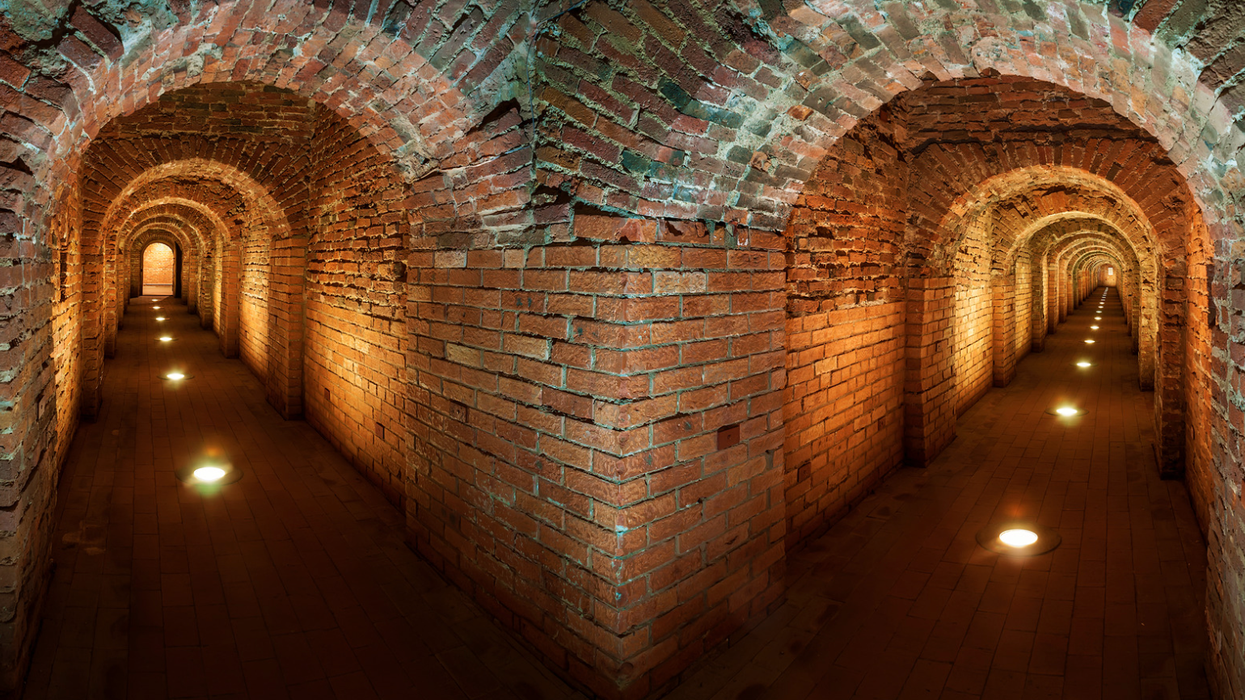

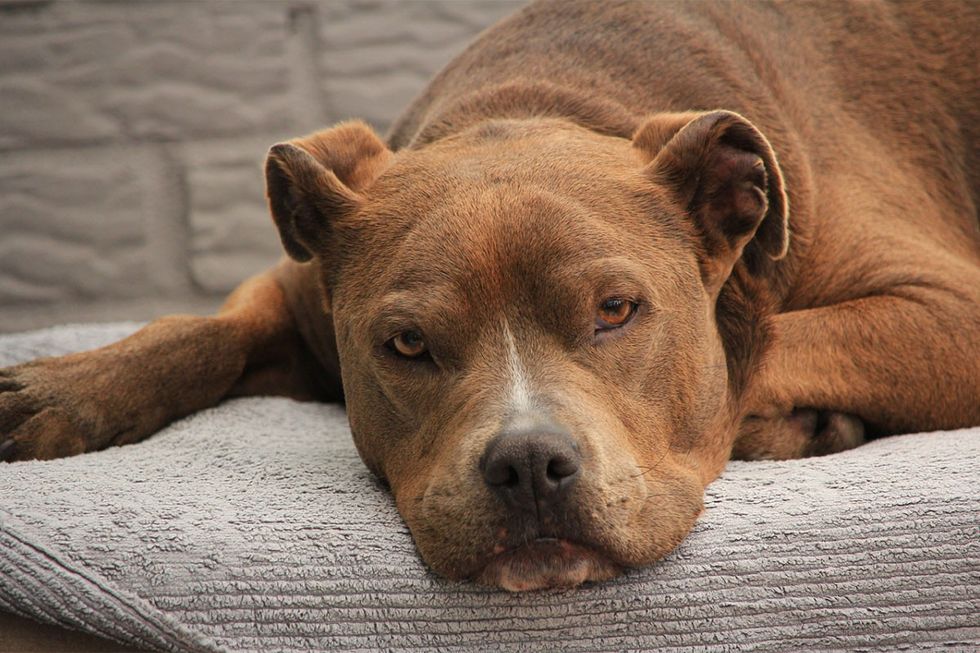 Otis knew before they did.
Otis knew before they did.